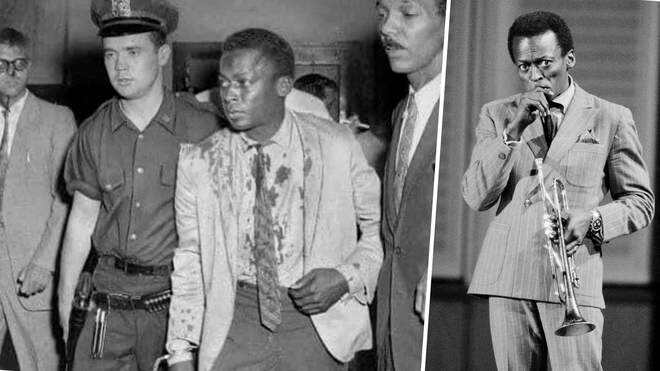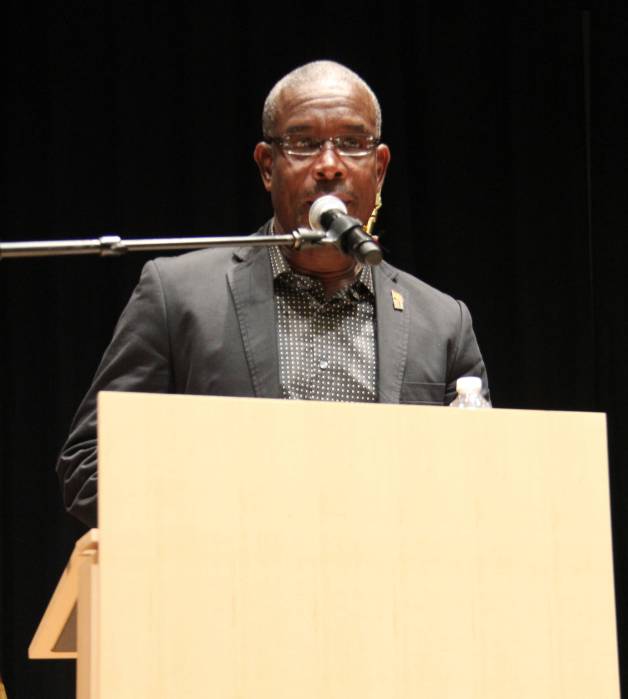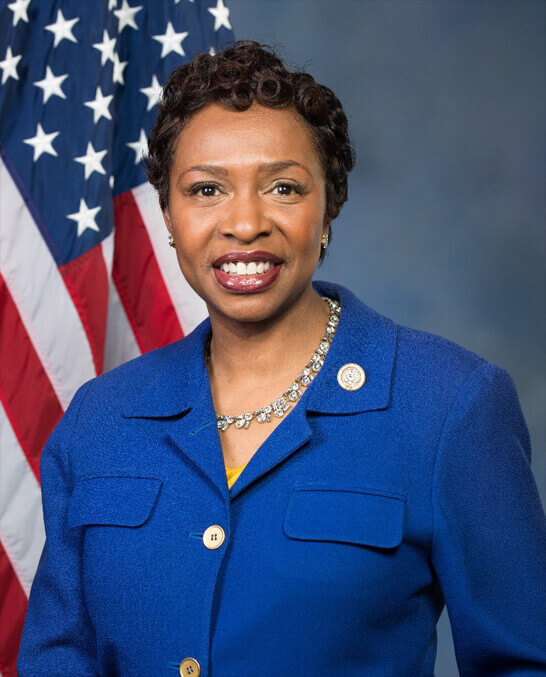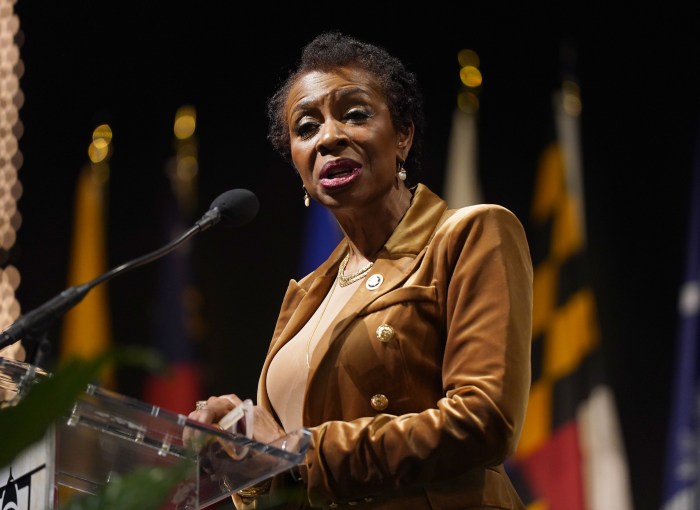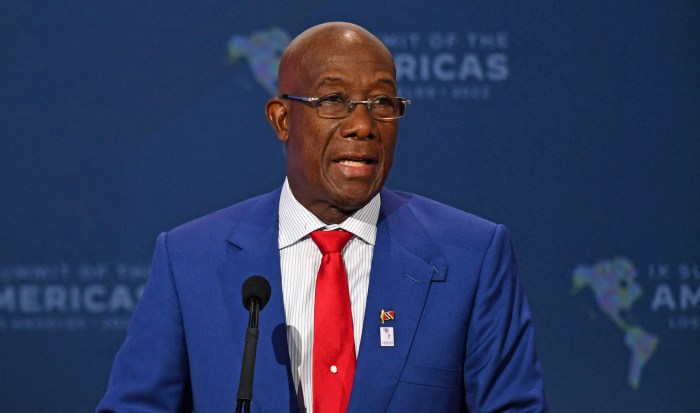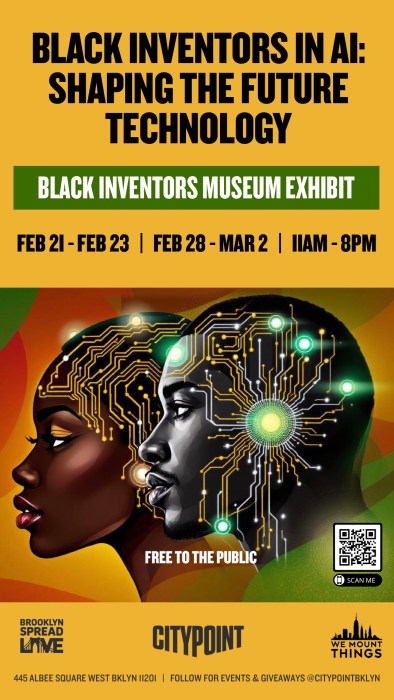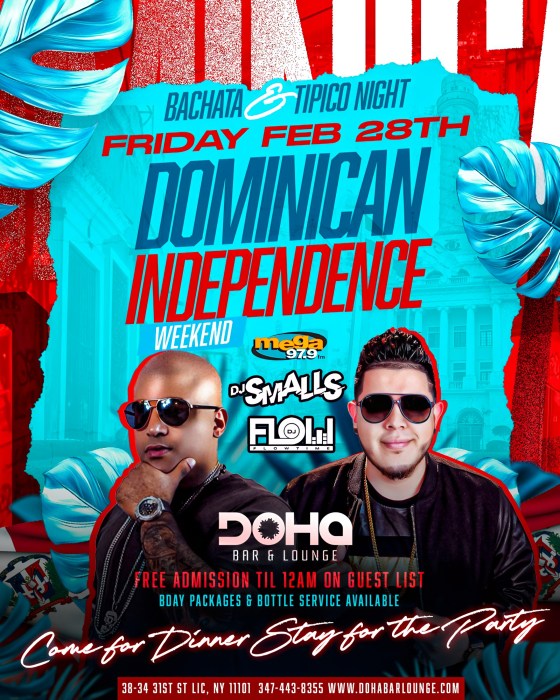Call it the big reveal.
Label it how you will, much attribution must be given to the COVID-19 pandemic which forced a global community to cover the mouth, leaving eyes wide open to glean the clear 2020 perspective anticipated with optimism for the new decade and new year.
Six months after the jubilation welcomed the era, the health mystery also unveiled the ugliness of police brutality — historically masked by excuses, hypocrisy and tendencies to proceed with apathy.
Quarantined to slow the spread of the coronavirus, the entire world was forced to take a closer look at news reports, focus on the atrocities and despite the consequences act with protests to decry inequities.
Many here disturbed by images of repulsive police behavior risked the hazard of COVID-19 infection by defying shut-in orders to represent intolerant citizens in protest of acts previously described as “isolated.”
Were it not for a declaration of a national state of emergency the murder of George Floyd in Minneapolis, Minnesota might have received temporary attention and perhaps little or no accountability from law enforcers.
Through the decades a long list of casualties victimized by police directly implicated the murderers of grandmother Eleanor Bumpurs, African immigrant Amadou Diallo, graffiti artist Michael Stewart, bride groom Sean Bell, Staten Island choke-hold victim Eric Garner and a much longer list of Black victims.
And as heinous as those murders of unarmed citizens, other related criminalities are also now glaringly visible for the world to see. In fact, Black reporters were often brutalized while attempting to report injustices. Their abuses did not seem of interest to major media outlets, politicians or a public too busy to sustain a prolonged attention span.
But with confinement, cell phones, social media and breaking news reports the pandemic magnified the actions of police who used rubber bullets, mace, tear gas and other restraints to disperse reporters.
There for the world to see, reporters representing major media outlets are now experiencing the unfair treatment meted out by police to members of the Black press.
Another reprehensible and revealing visual showed a senior citizen in Buffalo being pushed to the concrete by a policeman. Although bleeding from the head, the helpless man was ignored, with his plight blamed on “tripping.”
Yours truly can readily relate to incidents while covering Haitian rallies, weekly Bensonhurst murder protests, and numerous others particularly the horrendous Crown Heights uprising where my photographer Christopher Griffith and I were beaten and arrested by officers of the NYPD.
Without a pandemic in 1991, and despite relentless defense effort by attorneys William Kunstler and Ron Kuby to seek justice, the NYPD justified their brutality citing lies claiming assault in order to adjudicate their criminal behavior.
Needless to say, three decades ago when an angry community amassed to protest the death of 7-year-old Gavin Cato, pandemonium inflated by members of the NYPD attributed to the tragic death of rabbinical student Yankel Rosenbaum.
With no accountability for their actions police departments have long abused their authority to protect and serve.
Now facing scrutiny and a call to defund police departments, demilitarize police units and end the systemic pattern of racism and brutality the magnified reality of four officers complicit to a murder seems to be an opener to eyes wide shut.
That years prior football quarterback player Colin Kaepernick protested police brutality using his knee to dramatize the need for reforms the irony of a white policeman using his knee to murder a Black American seems graphically evidenced.
Before George Floyd’s burial, Kaepernick’s message resonated with NFL commissioner Roger Goodell apology for his latent and blinded vision.
Perhaps, the fact the pandemic opened the lens for viewers to see three white, men in Georgia stalking and killing Ahmaud Arbery, — a Black man whose only crime was jogging, — the abhorrent slaughter of an essential worker named Breonna Taylor in her home in Kentucky and the blatantly racist fake acting by a white woman named Amy Cooper who applied white privilege as ammunition in order to expedite action from NYPD she hoped would punish a Black man — a Harvard graduate named Christian Cooper — whose only intention was to break from quarantine in order to bird watch in Central Park.
While the murders may now be prosecuted, NYPD commissioner Dermot Shea dismissed the latter saying “I have bigger fish to fry.”
Now that his officers have been internationally exposed, Commissioner Shea may have to spend a lot of time “frying” more than fish buy a few shrimps, some lobsters and even a few sharks.
The local and national outcry to alleged pervasive racist practices by police exposed intolerances often overlooked by authority.
Although mayors, governors, police commissioners and other elected officials are struggling to contain the rage they witnessed reportedly only Republican Mitt Romney has denounced the filmed murder. Sunday he marched side by side Black Lives Matter demonstrators.
On that same day, allegedly Republican Colin Powell, a former secretary of state issued an endorsement of Democrat Joe Biden for president.
America’s governmental security forces across the nation have shamed the nation.
Long after the pandemic runs its course, a focus on reforms amplified by the call of “no justice no peace’ will have to be implemented in order to restore trust and respect for the police.
Catch You On The Inside!


